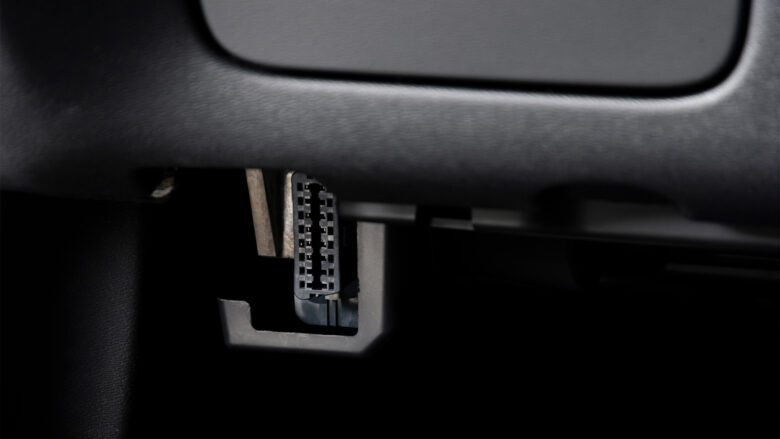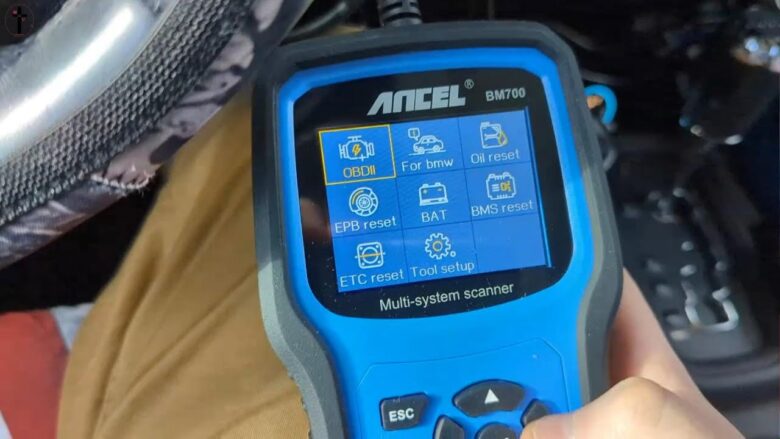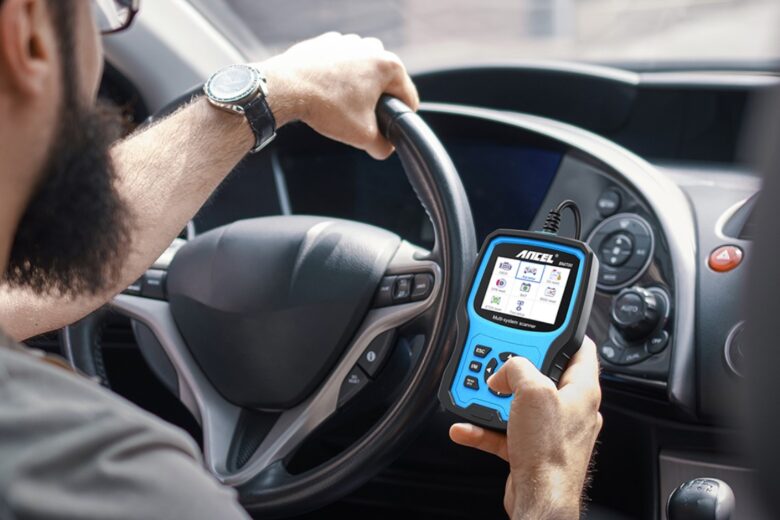From the moment car owners began experiencing the hassle of engine breakdowns, there was a clear need for tools to help identify and resolve these issues. Thus, began the evolution of car diagnostics, transforming from simple mechanical techniques into a world teeming with advanced automotive technology.
Today, we’re focusing on a particular journey, the history of the BMW scan tool. Like any tale worth telling, it is one of progress, adaptation, and evolution, and it features a renowned brand – Ancel, and their exemplary product, the Ancel BM700.
Contents
- The Humble Beginnings: Basic Code Readers
- The Age of Change: OBD Systems
- The Next Generation: Advanced BMW Scan Tools
- The Digital Revolution: Integrating Software with Hardware
- Spotlight on Innovation: The Ancel BM700
- What’s Next in the Evolution of Car Diagnostics?
- Learning More with the Ancel Scanner
- FAQs
- Conclusion
The Humble Beginnings: Basic Code Readers
Remember the ‘good old days’ when you could pop your BMW’s hood and tinker with a few parts to get your car running smoothly again?
Oh, how times have changed! Back in the day, mechanics relied on their expertise and some basic code readers to diagnose issues. This was the era before the digital revolution, a time when cars were much less complicated than they are now.
The code readers were simple devices, providing basic fault codes related to the vehicle’s engine or transmission systems. Mechanics would look up these codes in a manual to find the corresponding issue and the potential solution.
While efficient for its time, this approach had its limitations and left ample room for human error.
The Age of Change: OBD Systems

Source: geotab.com
As automotive technology advanced, cars became more sophisticated, and so did the tools used to diagnose their issues. In the mid-1990s, the OBD-II (On-Board Diagnostic system) became a standard feature in most vehicles, including BMWs. This system was a game-changer. It provided real-time data and comprehensive diagnostic reports, helping technicians diagnose problems accurately and efficiently.
The OBD-II system was not just a diagnostic tool, but also a regulatory compliance measure. It was designed to monitor and control emissions, ensuring vehicles met the environmental standards of the day. With the OBD-II, “code readers” took a giant leap into the realm of advanced automotive technology.
The Next Generation: Advanced BMW Scan Tools
BMW scan tools have come a long way from the days of basic code readers. Today, they offer detailed diagnostics that go beyond just engine and transmission systems.
The tools now cover systems like ABS, SRS, EPB, DPF, and many more. They offer advanced features such as real-time data streaming, freeze frame data, and even active testing where you can control the vehicle’s systems manually to check for issues.
The Digital Revolution: Integrating Software with Hardware
As automobiles continue to evolve, the intricacies of their inner workings become more intertwined with digital technology. In the not-so-distant past, mechanics could rely on their instincts and experience, paired with simple tools, to identify and fix issues.
However, as cars have become more complex, the ability to understand and interact with the vehicle’s software systems has become equally critical.
Today, advanced BMW scan tools, like the Ancel BM700, are not just pieces of hardware; they are complex systems that combine hardware with software. This merger allows for a deeper understanding and control over a vehicle’s functionality.
From identifying engine malfunctions to adjusting intricate electronics, the comprehensive nature of these tools has revolutionized how we approach car maintenance.
It’s no longer a mere conversation between man and machine; it’s a dialogue that also includes the digital realm, a testament to how far automotive technology has come.
Spotlight on Innovation: The Ancel BM700

Source: youtube.com
Enter Ancel, a brand at the forefront of BMW scan tool evolution. Ancel’s BM700 is a testament to this brand’s dedication to advancing automotive technology.
This device is more than just a scan tool. It’s a comprehensive diagnostic system that communicates with all the electronic systems in a BMW. With the BM700, you can read and erase codes, view live data, perform active tests, and even conduct advanced procedures like battery registration and injector coding.
What’s more, the Ancel BM700 has a user-friendly design. With its intuitive interface and clear, organized display, diagnosing your BMW is a breeze. The BM700 is proof that advanced technology doesn’t have to be complicated – it can be accessible and even enjoyable to use.
What’s Next in the Evolution of Car Diagnostics?
As we continue to push the boundaries of technology, what can we expect next in the evolution of car diagnostics? Will we see tools with predictive diagnostics that can anticipate and prevent issues before they occur?
Only time will tell. One thing’s for sure, though – with brands like Ancel leading the way, the future of car diagnostics looks incredibly promising.
Learning More with the Ancel Scanner
In our quest to understand the evolution of car diagnostics, we mustn’t overlook the value of continuous learning. The Ancel scanner serves as an educational tool, an information gateway, and a bridge between drivers, technicians, and their cars. With each use, you can discover more about your vehicle’s performance, health, and overall functionality.
By providing real-time data, comprehensive diagnostics, and even offering solutions, an Ancel scanner empowers users to learn more and to do more. This is not just a tool; it’s an invitation to immerse oneself in the world of advanced automotive technology.
So, dive in, explore, and embrace the opportunity to learn more about the Ancel scanner and the intricacies of your vehicle. After all, knowledge is power, especially when it comes to maintaining your BMW.
FAQs

Source: facebook.com
Q1. What is the Ancel BM700?
The Ancel BM700 is an advanced BMW scan tool. It can communicate with all the electronic systems in a BMW, reading and erasing codes, viewing live data, performing active tests, and even conducting advanced procedures like battery registration and injector coding.
Q2. How has the BMW scan tool evolved over the years?
BMW scan tools have evolved from basic devices that could only read codes to advanced tools that offer comprehensive diagnostics. They now cover multiple systems in the vehicle, providing real-time data and detailed diagnostic reports.
Q3. What does the future hold for car diagnostics?
The future of car diagnostics may include tools with predictive diagnostics that can anticipate and prevent issues before they occur. With advancements in technology, the possibilities for what’s next in car diagnostics are incredibly promising.
Conclusion

Source: pexels.com
From basic code readers to advanced diagnostics, the evolution of the BMW scan tool has been nothing short of remarkable.
The journey that started with simple devices that could only read codes has led us to today’s advanced tools that offer comprehensive diagnostics.
And in this journey, Ancel’s BM700 stands out as a stellar example of technological advancement. This tool not only shows us how far we’ve come, but it also gives us a glimpse of the exciting possibilities ahead in the world of car diagnostics. Get into your new BMW, and let’s get riding!
